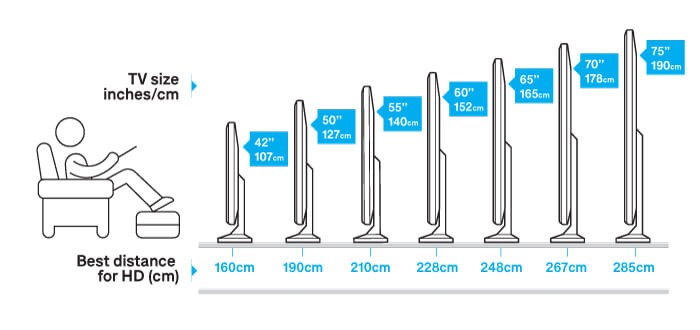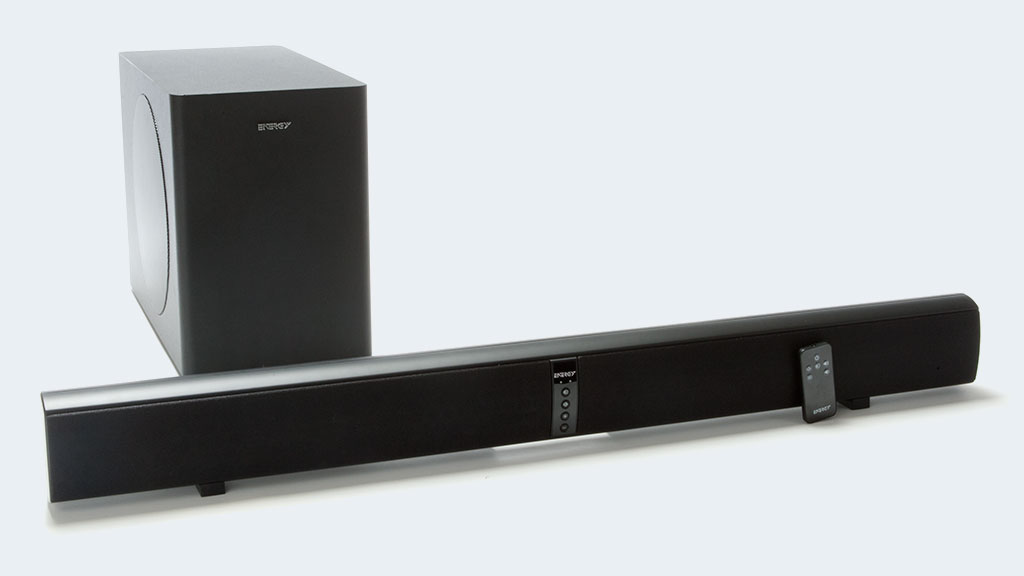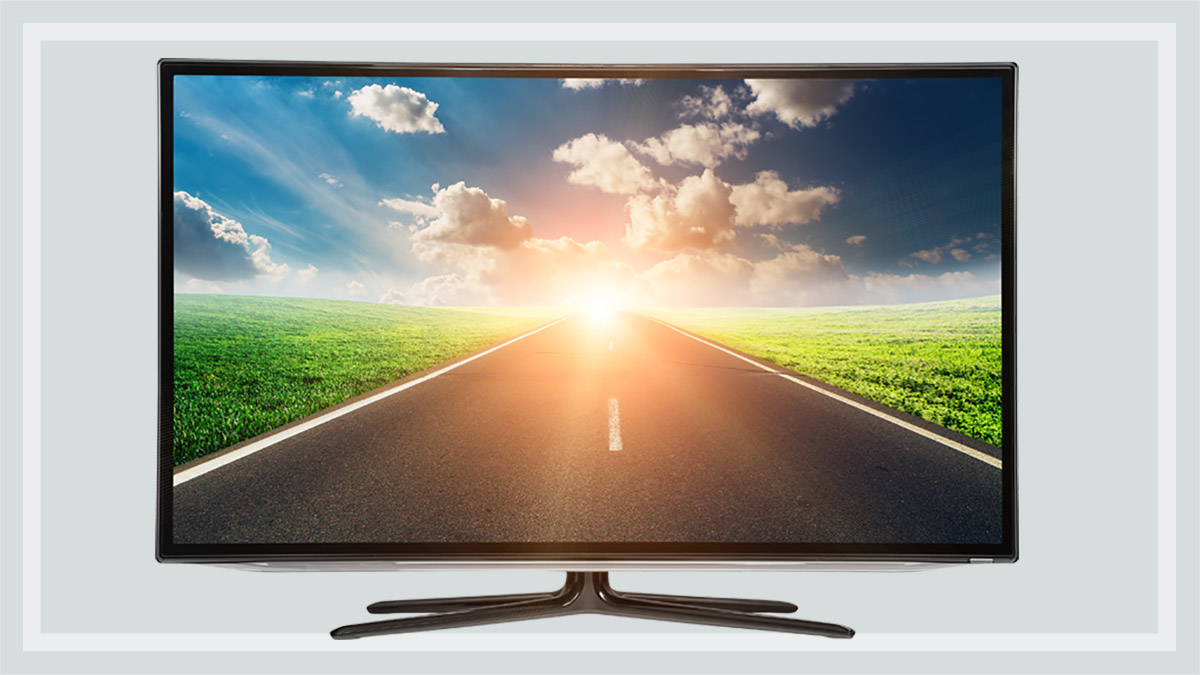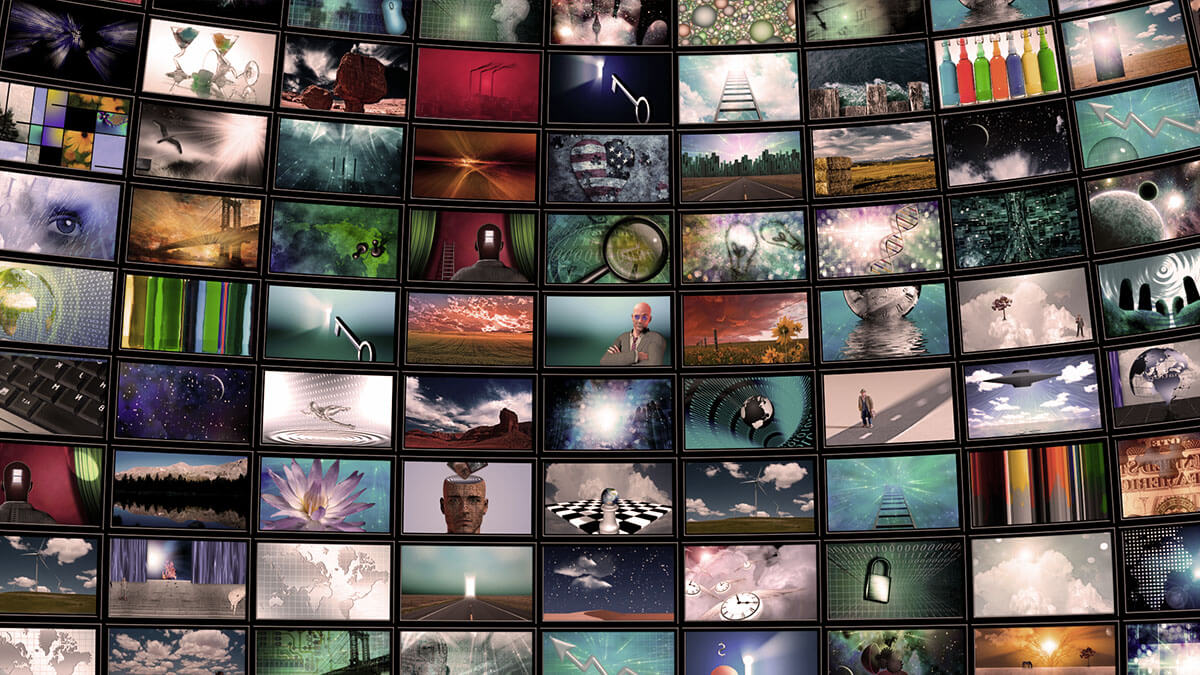Get our independent lab tests, expert reviews and honest advice.
Seven mistakes to avoid when buying a TV

The end of financial year (EOFY) sales are looming and the time is ripe to purchase that shiny new TV you’ve been eying off since Boxing Day. Maybe your current TV is on its last legs or it’s finally time to ditch the high-definition screen and make the jump to 4K. Or maybe you’re just ready for an upgrade.
You don’t want to become a victim of the unnecessary upsell
In any case, you don’t want to become a victim of the unnecessary upsell. Buying the wrong TV for your needs, or one that’s too big (or too small) for your room can end up being a costly exercise.
1. Buying the wrong size screen
Size envy may be real but don’t feel pressured into buying a behemoth TV just because your mate down the road has one. They’re probably overcompensating.
You may feel like you should get the biggest TV you can reasonably afford, but a giant screen in a small room can cause eye and neck strain. A small TV, meanwhile, may seem like the affordable alternative, but this can make it difficult to focus on your movies and TV shows if the room is too big.
It’s best to try and shop for a screen that suits the room’s size, while staying within your budget. For example, the most popular TV size in Australia is 65 inches. With this size of TV, you’ll get the best picture quality by sitting 1.25–2.5 metres away, depending on the resolution.
Check out our TV screen size guide below to work out what’s best for your home.

2. Being ‘wowed’ by the TV instore
Don’t buy a TV based on the footage playing instore. Retailers employ a sneaky strategy by showing optimised video in an enhanced, over-saturated ‘store display’ mode that’s designed to impress with big, bold, bright colours. They also make sure the footage is extremely detailed in 4K or 8K, because almost any TV looks good at these resolutions.
CHOICE TV expert Denis Gallagher says “the TV isn’t going to impress you as much at home, unless you’re watching the JB demo reel or Avatar on repeat. You’ll quickly get sick of over-the-top, unrealistic colours as well.”
Ask the salesperson to play some regular videos on YouTube, including standard and high-definition (SD and HD) footage, with the store display mode turned off. You’ll get a better representation of how the TV will look at home and whether it can clearly display SD and HD video on a large, ultra-high definition display. This process, called upscaling, is often the Achilles heel of cheaper or lower-quality TVs.
3. Not knowing your acronyms and initials
Though new tech is exciting, there’s something to be said about the days when “TV” simply meant a box with a screen. There’s a much bigger range of options these days with an equal amount of jargon to get your head around.
LCD, OLED, HDR, QLED are some examples and you might not be sure what they all mean and how they affect the viewing experience. But you need to understand basic terms or you could end up with a TV that doesn’t suit your eyes or living room.
For example, did you know that OLED TVs tend to have richer colours, deeper blacks and better contrast (which helps the image ‘pop’) but they don’t perform very well in bright rooms.
You need to understand basic terms or you could end up with a TV that doesn’t suit your living room
LCD blacks aren’t quite as good but the screens can be brighter and are usually cheaper, making them a good option for daytime viewing in well-lit homes or shoppers on a budget.
“Some of these terms – LCD and OLED – refer to the type of screen. Though these do make a difference, picture quality is the most important thing. The shorthand is a good starting point so you can narrow down the options to find a screen that suits your needs,” explains Denis.
“Our TV buying guide breaks down the essential technical terms so you can make an informed purchase.”
“The best thing to do if you’re unsure of what all the features mean is to view a TV instore and compare it with other models. You can read our TV buying guide, which has a lot of information, and look at what each model scores in our independent reviews before buying.”

4. Assuming 8K resolution is the best
Though 4K ultra-high definition (UHD) has been the new norm for a number of years, 8K (which is four times the resolution of 4K) hasn’t made quite the same splash. Even though they’re readily available, manufacturers have scaled back the promotion of 8K TVs going to market, compared to 4K. The demand just isn’t there, according to Denis.
“8K TVs are expensive and not actually that useful for an Australian home as content at this resolution isn’t mainstream. The vast majority of content on streaming and disc is available in SD, HD or 4K and you can expect it to stay that way for years to come.”
8K TVs are expensive and not actually that useful for an Australian home as content at this resolution isn’t mainstream
Denis Gallagher, CHOICE TV expert
“It’s also virtually impossible to stream 8K video into homes over the existing NBN environment we have in Australia. So, if the salesperson starts spruiking the virtues of an 8K TV over a 4K model, tell them they’re dreaming.”
Lack of content isn’t the only issue. While there are plenty of 4K TVs that do a decent job of displaying SD and HD video, there’s only so much that can be done with lower resolutions shown on a big 8K screen. You’re better off sticking with 4K until upscaling technology improves.
5. Paying the RRP
A good quality TV can be pretty damn expensive. Even a nice budget 65-inch model can set you back as much as $1500. But a bit of patience and forward planning can net you a great deal on your dream TV that may otherwise be outside your budget.
Major retailers run plenty of tech sales throughout the year. There are the obvious ones like Black Friday and EOFY, but flash sales and manufacturer specific deals pop up every few months as well. In April and May, most of the major retailers clear the previous year’s stock to make room for new models, with serious discounts applied.
“We’ve seen TVs drop as much as 40 percent during the clearance period.”
Denis Gallagher, CHOICE TV expert
“We’ve seen TVs drop as much as 40 percent during the clearance period,” says Denis. “This works out to be as much as two to three thousand dollars, depending on the size of the screen. Unless you’re particularly tech savvy or eager to own the latest tech, a slightly older model will almost definitely meet your needs and look just as good.”
These markdowns also indicate just how much wiggle room exists around the RRP. So if you can’t wait for a sales period, try your hand at haggling. The discounts may not be quite as good but you should be able to talk a few hundred bucks off the price.
6. Buying an unnecessary extended warranty
If you’re shopping at one of the nation’s major electrical retailers, you’ll probably be offered an extended warranty with your purchase of a new TV. But buyer beware: the sales pitch may mislead you about your consumer rights.
When CHOICE mystery-shopped 80 Harvey Norman, JB Hi-Fi and The Good Guys stores across the country, we found that seven in 10 (71%) of these stores misrepresented the consumer rights you would have access to if you didn’t purchase an extended warranty (an additional cost on top of your new TV).
When we asked about consumer rights outside the manufacturer’s warranty period, often the conversation turned immediately to the benefits of an extended warranty. In fact, 73 of the 80 salespeople we spoke to offered to sell us one.
Only when specifically asked about rights without an extended warranty was it acknowledged that we already had rights under consumer law.
Australian Consumer Law says that if you buy an expensive TV and it breaks through no fault of your own after just a few years, for example, the retailer must offer to fix it, replace it or give you your money back – the choice of remedy is yours. This holds true even if the manufacturer’s warranty has expired and you didn’t buy an extended warranty.
If you do find your TV acts up and is only a year or two old, contact the retailer and let them know you aren’t happy. There’s a lot of useful advice on how to make a complaint and resolve an issue on our consumer rights and advice pages.

7. Overlooking speaker performance
Speaker performance is often overlooked by people buying a television. Even if you’re just shopping for something for a TV to watch the news, sport or a few shows, poor quality audio can almost ruin the experience.
“You don’t necessarily need home cinema speakers, but we’ve tested some TVs that sound as bad as a transistor radio. It can be really hard to enjoy the cricket when you can’t hear the commentary or when big action moments start to crackle and distort,” Says Denis.
“You don’t necessarily need home cinema speakers, but we’ve tested some TVs that sound as bad as a transistor radio.”
Denis Gallagher, CHOICE TV expert
This is where a soundbar can come in handy, but they aren’t essential, says Denis. “Unless there is some fantastic bundling deal involved, you should see how the TV speakers perform instore and at home. You can always buy a soundbar later on if the TV speakers aren’t up to scratch.”
“Also, if you have an old amplifier and stereo speakers, you may want to try these out first before considering a soundbar.”






